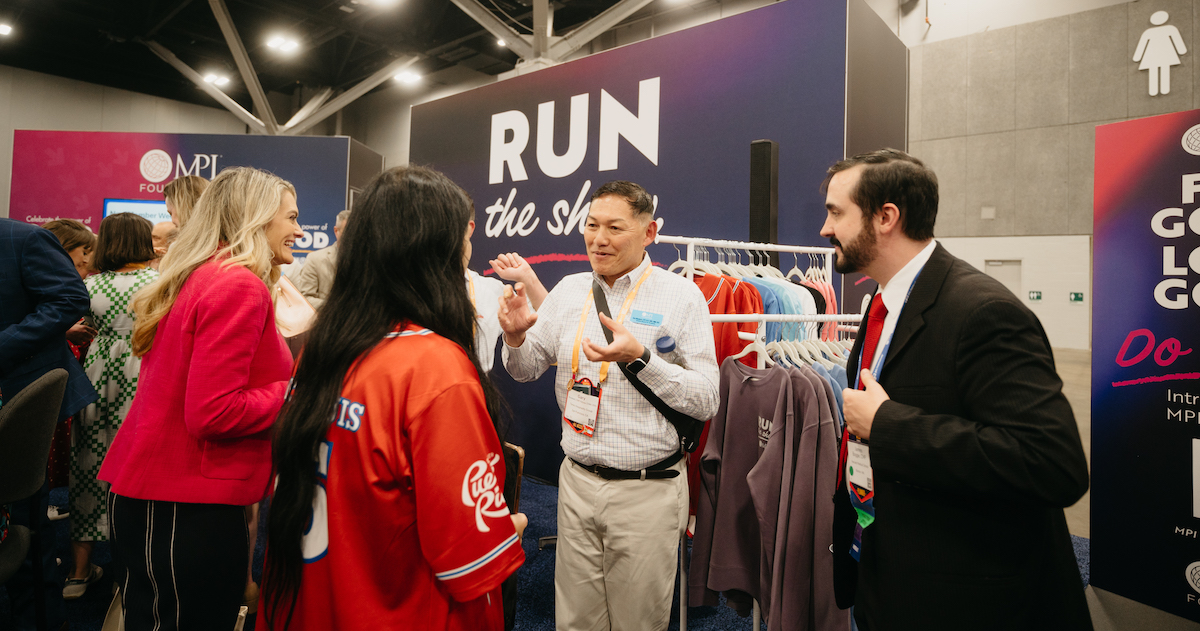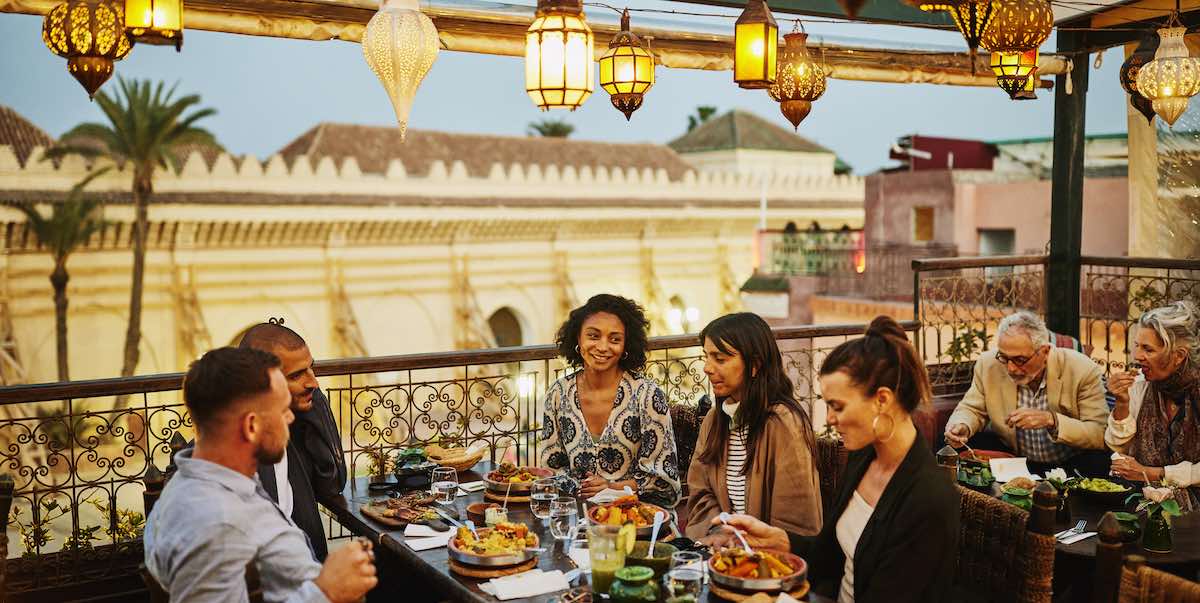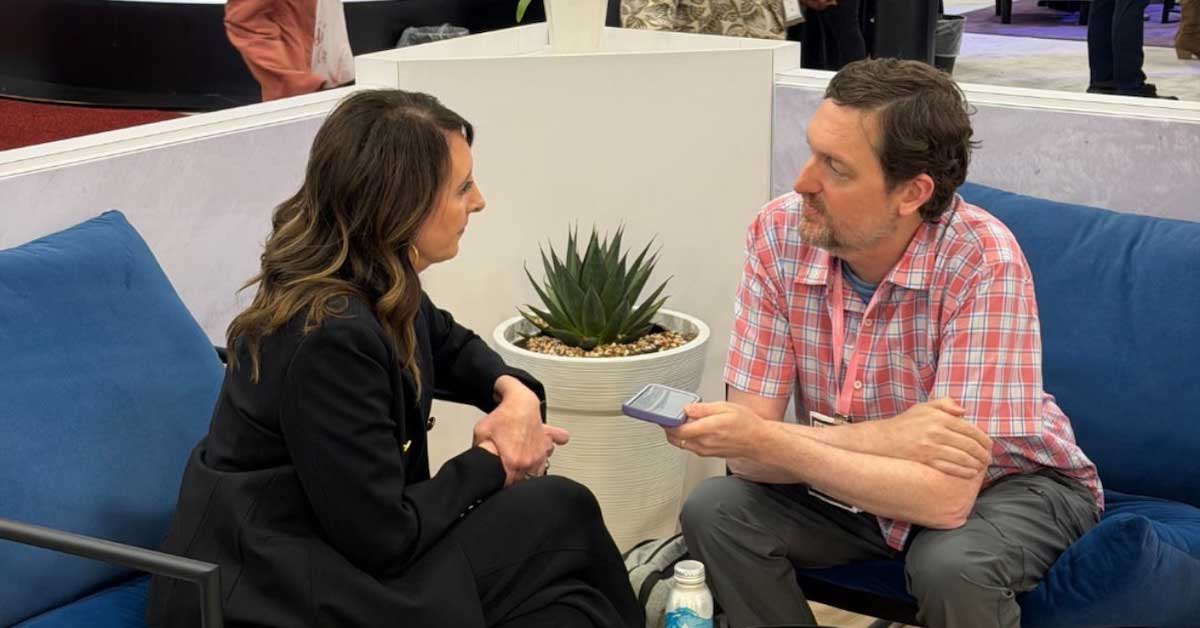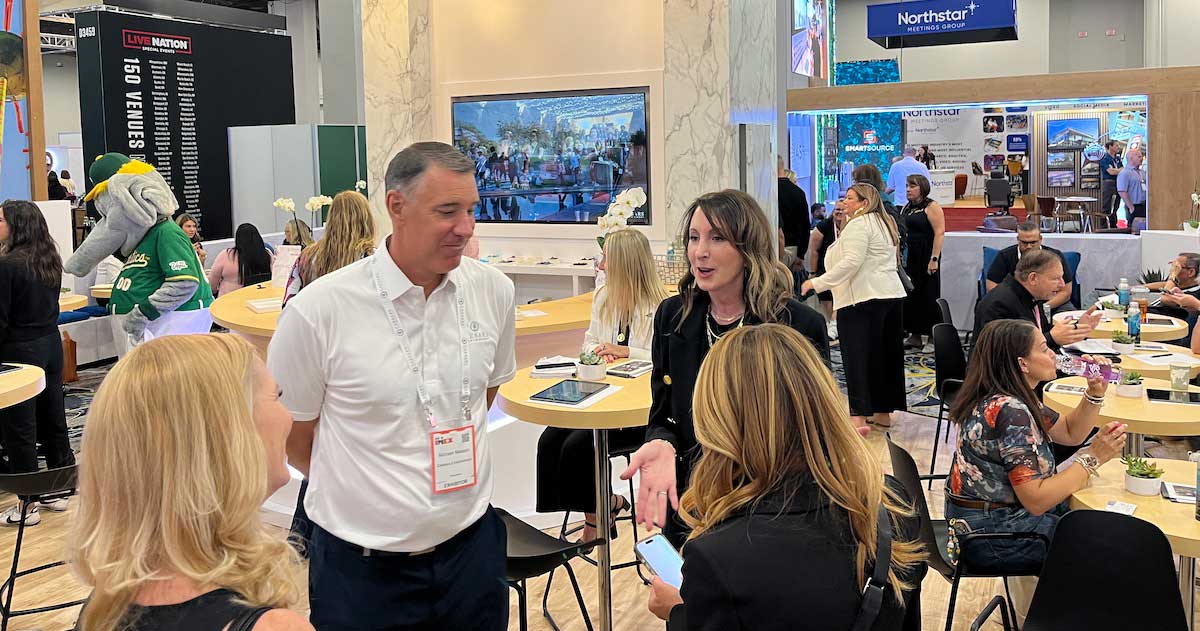From the importance of knowing your baseline to using the right tools to understanding food waste, meetings sustainability experts weigh in on the state of measurement.
Sustainability coverage brought you by

“It starts with measuring your current state as a baseline. Use an event sustainability tracker such as ISLA’s TRACE or Circular Unity and enter information from a recent or upcoming event to get an idea of where you currently stand. There are a growing number of software platforms designed to take some of the manual work out of measuring event sustainability. Once you know where you stand now, you’ll be able to measure and compare future performance to see progress.”

Julia Spangler
Owner, Ecosystem Events
______________________________________________________
“Measuring progress means you have to start tracking what you are doing. In order to do this, you first have to know your baseline. Most planners today do not gather data on their sustainability impact. With the advancement our hotels and venues have made, this is becoming easier and easier for planners to do. Planners should start to track everything for their events. This includes capturing data around carbon footprint, material waste, food waste, donation items, CSR activities, attendee and staff flights vs those arriving by car or train, energy use and impact on the community. We don’t have an all-in-one tracker for this yet so some of this will need to be tracked via standard documents. However, most can be tracked through one of the several event sustainability measurement tools that are available today. These should be implemented now so that you can start looking at your data. The data will then tell you what areas of your event to focus on to create more impact. These tools are designed to ultimately guide planners through a process of making sustainability easier to implement.”

Courtney Lohmann, CMP
Founder, Impact Leadership + Business Consulting
______________________________________________________
“Organizations should measure sustainability in a way that’s consistent and standardized. This will help them to accurately document and benchmark progress year on year—gathering a full range of data to build a picture of their sustainability journey and help to identify areas for improvement.
“For example, we’ve worked with MeetGreen since 2011 to assess and benchmark our own sustainability impact. Working with an external body ensures we’re accountable, credible and puts our sustainability efforts into the wider context of the industry.
“The result is a report produced for each of our shows detailing our successes and our learnings. As part of our ethos to share what we learn, we make these reports publicly available so that planners can pick up some ideas for their own events.
“There are a number of frameworks, indicators and tools which can prove useful when measuring sustainable progress. I’d recommend planners take a look at the work of the Net Zero Carbon Events (NZCE) initiative. They recently published best-practice and methodology documents, one of which focuses on measurement.
“The NZCE team is currently working on the creation of a common measurement methodology for all stakeholders (currently 600+ supporters in 60+ countries) which will ensure consistency and comparability across various events, sectors and geographic locations.”

Roger Lehner
Senior Operations & Sustainability Executive, IMEX
______________________________________________________
“Measurement is a tricky word regarding sustainability, at least concerning food waste. Although food waste can be measured in multiple ways, researchers often refer to the UN’s Food and Agriculture Organization (2021), which measures food waste by weight; however, many experts question the process for food waste measurement and agree measurement methods are inaccurate and vary by country. Food service providers can help estimate the waste, which takes time and possibly requires more staff. It also takes training and space to separate the ‘good’ food from the bad (e.g. food items that can be repurposed/upcycled, composted, donated or, at worst, sent to a landfill, etc.). Some experts recommend the visual estimation of the food left on plates as a valid method for measurement.

Annette Ott-Barnett, CMP Emeritus, CMM, CAE
Torrens University Australia (Sydney) Professional Doctorate (Research)
______________________________________________________


